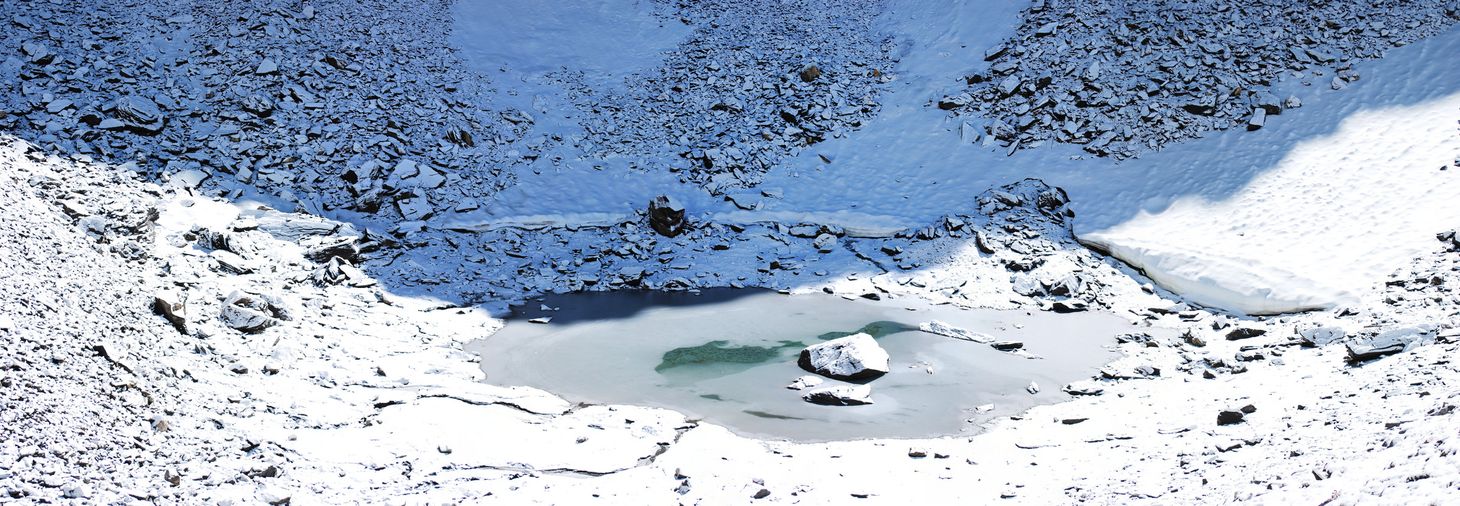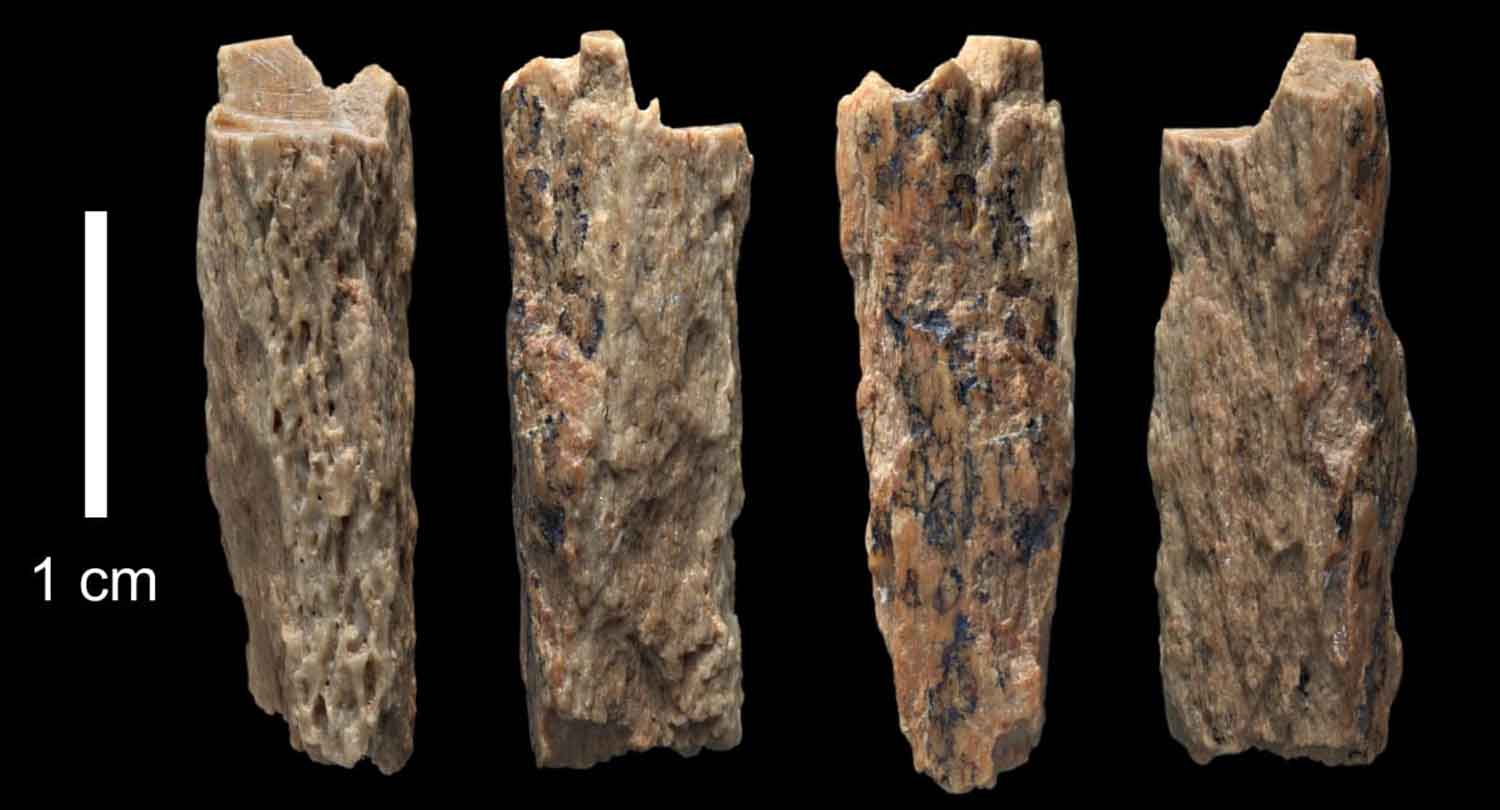ancient DNA
Ancient DNA is sequence information from the bones or tissues of organisms that come from historic or prehistoric collections. My work principally applies to prehistoric material, including skeletal material from Neandertals and Denisovans. Ancient DNA evidence on many kinds of organisms has become an important window into evolution.
Geneticists work to understand how skeletons wound up in a mysterious Himalayan lake
Reviewing new work that reveals migrants from several historic periods in the skeletons surrounding this lake in India.

Should archaeologists really fear and loathe geneticists?
An article in Nature focuses on the tension between archaeologists and ancient DNA specialists.

The so-called Toba bottleneck simply didn't happen
Prompted by a paper by Chad Yost and coworkers, I look at the persistent myth that humans were an endangered species only 74,000 years ago.

Secrets of the genome from Ust'-Ishim
A discovery from Siberia represents one of the earliest branches of modern humans to disperse into Eurasia.

New findings from the Denisova 3 genome at high coverage
Sequencing work by Matthias Meyer and coworkers highlights the demography of ancient Denisovans and genes that may make today's people different from them.

What is the temporal bone from Darra-i-Kur, Afghanistan?
A bone from a historic excavation in Afghanistan raises the topic of genetic reanalysis of fragmentary fossils.

